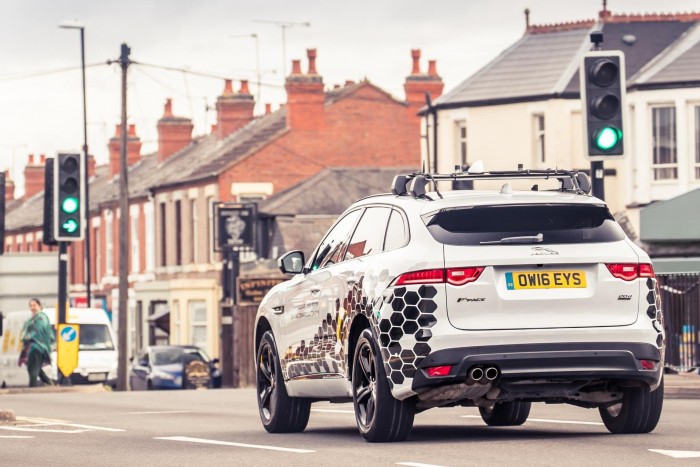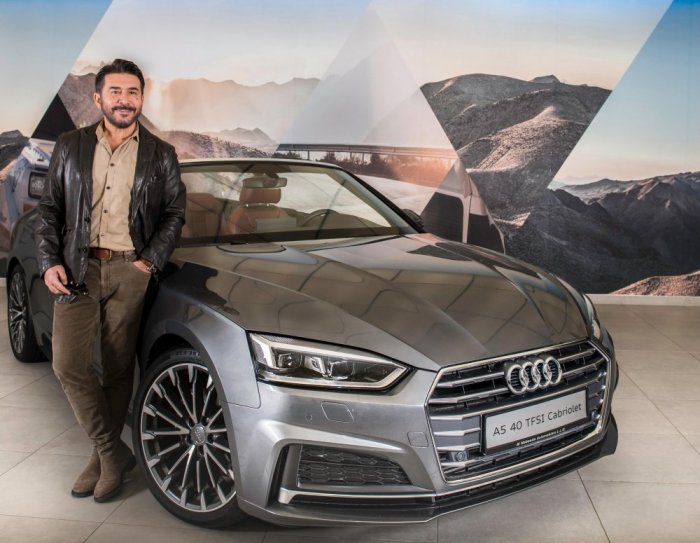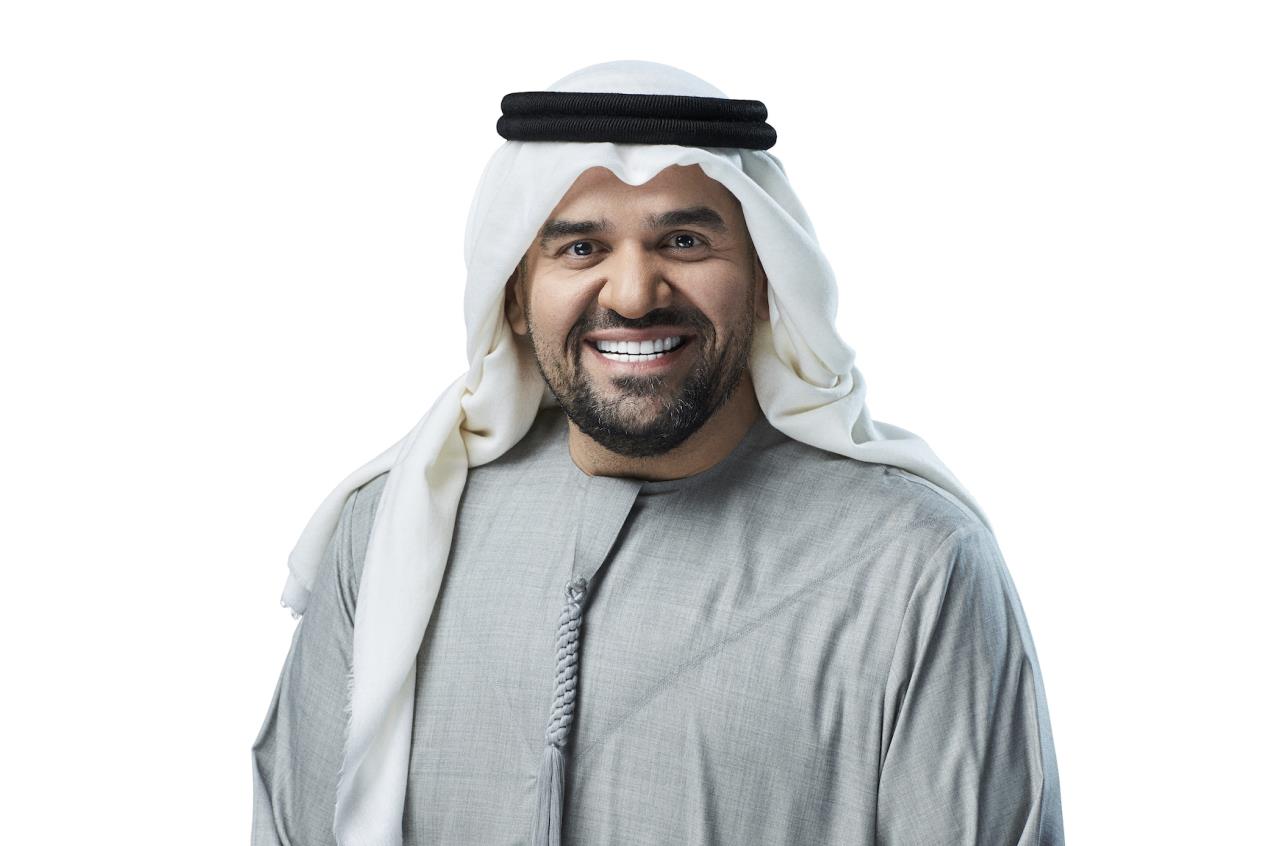Jaguar Land Rover launches cutting-edge technology to solve a 150-year-old driver problem

Jaguar Land Rover launches advanced technology to solve a driver's problem
150 years ago
The “Green Signal Speed Optimization Recommendation System” (GLOSA) connects the car to the traffic infrastructure to help drivers avoid waiting at red lights
The new system provides recommendations to the driver at the optimum driving speed to avoid congestion at red lights
This advanced system improves traffic and reduces emissions by reducing harsh braking or acceleration to reach green traffic lights.
Connectivity to infrastructure technology is currently being tested on the Jaguar F-PACE
Dubai United Arab Emirates; November 15, 2018: Jaguar Land Rover has launched a new vehicle-to-infrastructure (V2X) technology to connect the car to traffic lights, helping drivers avoid traffic jams and facilitating urban traffic.
The world's first traffic light was installed in front of Parliament House in London 150 years ago. Since then, drivers around the world have spent billions of hours waiting for the green light on the roads. However, new technology from Jaguar Land Rover heralds that this reality will soon end, as the “Green Signal Speed Optimization Recommendation” (GLOSA) system allows cars to communicate with traffic lights, providing the driver with advice on the optimal speed to drive when approaching intersections or signals Traffic.
The adoption of this advanced technology to communicate between the car and the infrastructure helps prevent drivers from driving at high speeds to reach traffic lights when they are green, in addition to improving air quality by reducing harsh acceleration or braking near traffic lights. This technology aims to improve traffic within cities and reduce delays and fatigue while traveling by car.
This connectivity technology is currently being tested in the Jaguar F-PACE as part of a £20 million collaborative research project. As with all current Jaguar and Land Rover vehicles, the F-PACE features a wide range of advanced driver assistance systems. Vehicle-to-infrastructure technology tests enhance the existing characteristics of driver assistance systems by increasing the vehicle's line-of-sight distance when it is connected via the Internet to other vehicles and traffic infrastructure. The 'Green Light Speed Optimum Recommendation System' is currently being tested with a range of other systems to help reduce the time passengers spend in traffic jams.
For example, the Intersection Collision Warning system alerts drivers of the possibility of a collision at a traffic intersection, by notifying them of any other vehicles approaching the intersection from another road, and this system can also suggest the order in which they should travel. Its cars at the intersection.
Jaguar Land Rover has also addressed the problem of lost time searching for a suitable parking space by providing real-time information on available spaces for drivers. The company has also developed an “Emergency Vehicle Warning System” to alert drivers when emergency vehicles such as firefighting, police and ambulances are approaching.
The GLOSA technology is based on the connected systems found in the Jaguar F-PACE such as Adaptive Cruise Control.
Commenting on the technology, Oriol Quintana Morales, Jaguar Land Rover Communications Research Engineer, said: “This advanced technology reduces the time we spend at traffic lights, as well as radically improving the driving experience by providing smoother traffic. And safe without causing any stress for drivers on the city streets. Our research in this field aims to make future trips more comfortable and enjoyable for all our customers.”
These experiences are part of the £20 million UK Autodrive project, which is helping to accelerate the development of Jaguar Land Rover's connectivity and autonomous driving technologies, as well as positioning the Midlands as a leading hub for industry innovation. Transport. Headquartered in Coventry, Jaguar Land Rover, the UK's largest car manufacturer, is developing connectivity technologies as part of its commitment to provide a driving experience that is free from accidents, traffic and emissions. The new technology will connect the car to its entire surroundings, providing smooth traffic in preparation for the era of self-driving cars.






